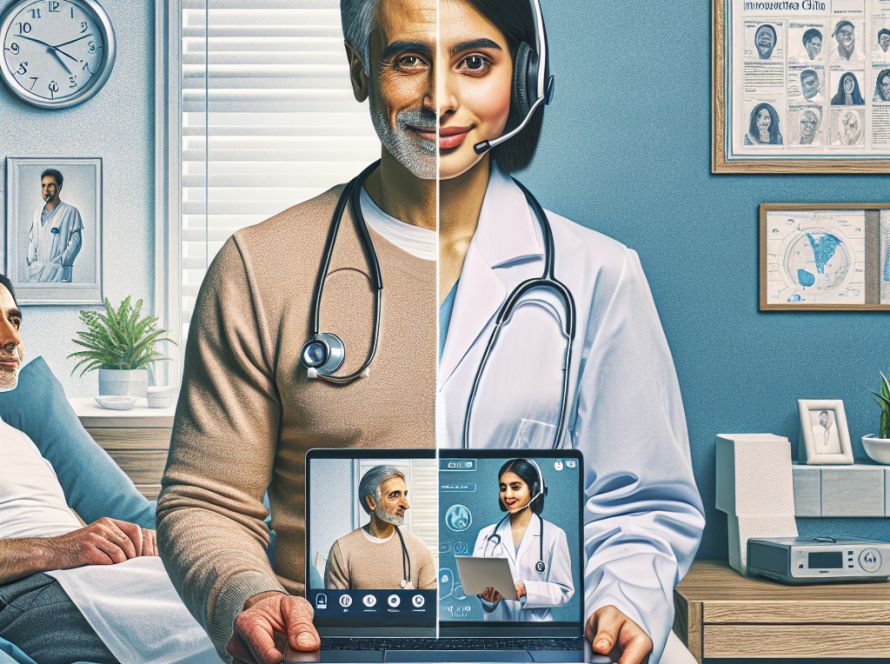“The Steele Institute for Health Innovation at Geisinger has been striving to leverage automation technology to improve patient care and streamline clinical workflows, in an innovative move unlike many other healthcare establishments.
Among the progressive initiatives being undertaken by Geisinger, one is working to automate compliance audits for patient charts, focusing specifically on crucial areas in need of attention. Algorithms now have the capability of surveying electronic health records (EHRs) in near real-time, thereby identifying those patients with specific conditions, including non-violence restraints requirements and suicide watch. Consequently, they can monitor order and flowsheet fulfilments pertaining to these policies and determine compliance requirements.
The automation processes facilitate reviews of patients upon admission, flagging missing information and ensuring that it is available online at the required time. This process is significant for nursing leadership to gain necessary information in real-time. It features compliance dashboards that can provide insight into audit compliances across different hospitals, regions, and units. As such, these factors empower nurse leaders to enhance patient safety by supporting documentation compliance within the EHR.
The automation journey that Geisinger embarked on was notable for its use of Robotic Process Automation (RPA) technology. This allowed for nearly real-time completion of each chart audit for the extensive patient population across all hospitals within the Geisinger network. The advanced technology used by Geisinger significantly reduces delays and decreases errors seen in manual-centric processes.
The dedicated Intelligent Automation Hub at Geisinger has been implicated in the transformation of internal processes and subsequent patient care improvements. The hub works alongside internal teams to devise automated solutions for multiple tasks and procedures, offering increased operational efficiency. As a result, the liberating effect for clinicians and care team members allows them to focus on providing high-quality patient care.
The Automation Hub also integrates various levels of technology, using a team of business analysts, programmers, and data scientists. This collaboration is foundational for researching and implementing state-of-the-art automation tools throughout the organisation.
Furthermore, the Automation Hub aims to deliver business processes with demonstrable benefits, while continuously improving the automation development cycle to create a robust platform for process automation. Adding further intelligence to processes through enhanced automation allows staff to focus on more valuable tasks.
A six-stage process for bot creation is implemented to ensure efficient system integration. The results include significant time savings and efficiency improvements. The implementation of automated chart audits saw cost avoidance totalling approximately $6.5 million and saved upwards of 100K hours.
In conclusion, Geisinger’s Intelligent Automation Hub demonstrates the power of technology to redefine standards of excellence, improve patient care, and enhance overall efficiency. Thus, Geisinger’s experience may inspire other healthcare organizations seeking to adopt automation technology in their own practices.”


